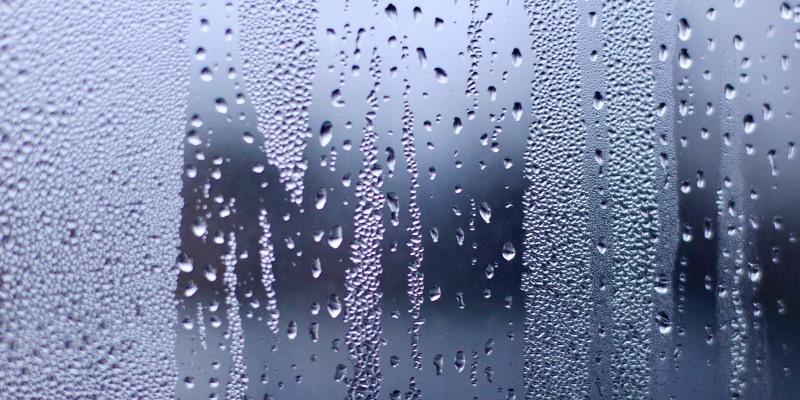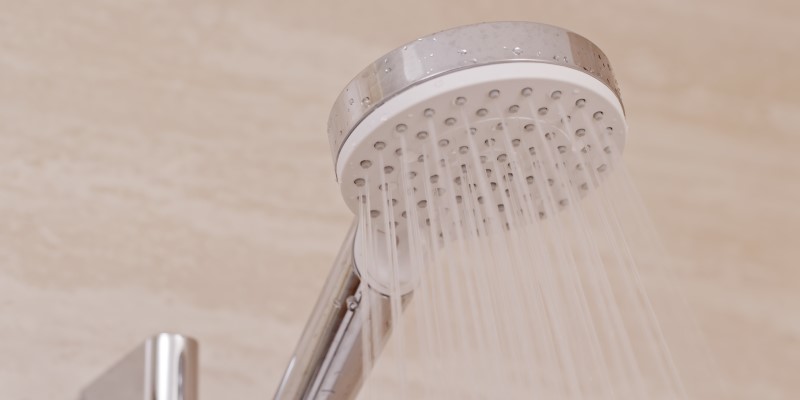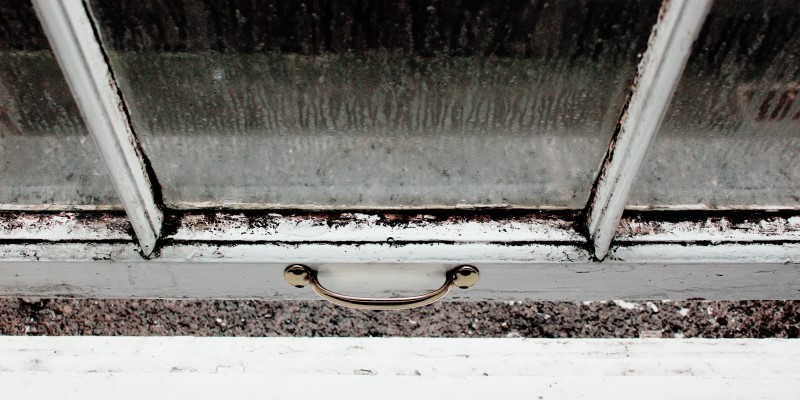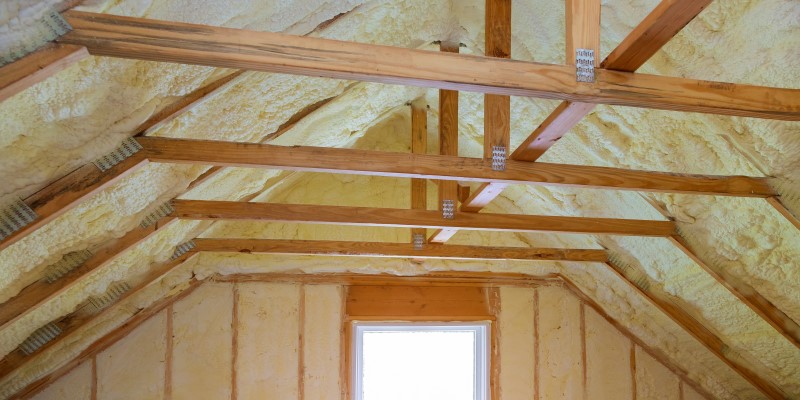5 Ways to Stop Condensation Around Your Home

Condensation is part and parcel of living in a climate that can be both freezing in the winter and boiling in the summer. This is as our homes are built to keep us both warm and cool, which can be a challenge to achieve in unison. Whilst modern homes made with innovative materials are making this possible, houses built before the 1990s may suffer from condensation.
In this article, we’ll be revealing the cause of condensation as well as a handful of ways to combat it. These methods range in both complexity and cost, with simpler options such as opening your windows and more involved options like replacing your insulation. Whatever your skill level or budget, you’re sure to find an option for you.
What Causes Condensation?

Condensation is typically the result of warm air colliding with cold surfaces. This can be seen in many areas, such as on your car windows or even on your ceiling. In both scenarios, the temperature of the surface is cooler than the air surrounding it. Therefore, the moisture in the air settles on the surface and results in condensation.
Based upon this, the most effective way to prevent condensation is by regulating the temperature of the surface. Whilst this is difficult to achieve with a car window, it is more feasible with your walls or ceiling. This is as insulation could help the temperature of your walls or attic more closely resemble the temperature in your rooms.
Of course, you could also prevent condensation by reducing the temperature of the air. This is why opening a window or turning your heating down can reduce the severity of any condensation. But it is not only your central heating that impacts the temperature of the air, as the number of people, how often they cook, and how often they shower will also influence it.
Therefore, we must find other solutions unless we want to turn our heating off or ask our loved ones to live elsewhere. Thankfully, there are several solutions available to homeowners whatever the age of your home or however small your budget. These solutions range from age-old insulation to innovative roof windows, which all help control the temperature in and around your home.
Where is Condensation Most Common?
As we alluded to above, cold surfaces are particularly liable to condensation. Therefore, you’re likely to see it on outer walls, windows, and ceilings in most circumstances. On some occasions, condensation may form on the lower floor or in random corners of a room. However, this is often due to unidentified dripping or poor air circulation.
For this article, we’re going to focus on tackling condensation that’s formed on a wall, window, or ceiling. But virtually all these techniques will prevent condensation throughout your home, as they all help moist air escape or allow you to better control the temperature.
How to Stop Condensation Around the Home

Open Your Windows
Although this may seem basic, opening your windows is very effective. As well as reducing the internal temperature, it will encourage the moist air to go outside. Whilst this is challenging during the chillier months, it is often during winter that it is most vital. It is particularly good at night when you are breathing out warm air that is quickly attracted to the cooler walls, windows, or ceiling.
Roof windows are particularly suited to combat condensation as warmer air rises. Therefore, having your roof windows ajar is a great way for moist air to escape. And if you’re worried about sudden downpours or your room becoming too cold, Velux’s Integra range will automatically close by detecting rain outside or sudden drops in temperature inside.
Clear Your Window Vents
With the introduction of thicker glazing in our homes, condensation has become more prevalent. To combat this, most manufacturers have introduced trickle vents at the top of their window frames. These are designed to allow moist air to escape without resulting in significant heat loss. But it’s common for debris and dust to block these vents, resulting in moisture settling on the glass instead.
You should, therefore, regularly check and clear your vents. But if your windows do not currently feature trickle vents, they can be retro fitted by a skilled and knowledgeable professional. Although, in most circumstances it is best to replace your windows entirely to benefit from innovations in the glazing, frames, and condensation control.
Use Anti Condensation Paint
Most paints are ill prepared for condensation, often resulting in discoloration at the onset and further damage being caused as you wipe your walls dry. Anti-condensation paint is now available in most major home improvement stores and is specially designed to prevent condensation from forming, as explained by What Paint.
This is achieved by using a unique agent that preserves the paints top layer. As well as prevent condensation from forming, some paints also feature a fungicide that inhibits the growth of mould. This two-pronged approach helps to stop the cause of mould whilst offering added protection should it begin to form.

Replace Your Insulation
Whether you’re experiencing condensation on your walls or ceiling, keeping the surface warm will significantly reduce any such issue. The most effective way to achieve this is through insulation, which can be found throughout your home’s walls, floors, and loft space. Unfortunately, this insulation may be poor quality or have become less effective with age.
It is, therefore, recommended that you regularly check the insulation around your home. Whilst you may need a professional to look at your wall insulation, you can easily check your loft insulation yourself. If it appears to be overly compressed or perhaps damp, you’ll likely need to replace it. Preferably, you’d use a moisture resistant option such as wool or foil.
Fit Appropriate Extractor Fans
Condensation is often caused by the introduction of moist air from cooking, showering or drying clothes. It is, therefore, essential that this air is quickly ventilated out of your home with an appropriately powerful and carefully placed extractor fan. Unfortunately, many kitchens and bathrooms have a weak fan that does little to remove moist air.
As outlined by Extractor Fan World, it is important to consider the room it will be used in and the size of that room when fitting a fan. This is as a typical 4-inch fan will be inadequate in a bathroom larger than nine metres square or a lack of natural ventilation. Equally, a 6-inch fan may be unnecessary in a smaller and rarely used bathroom.
Now You Know How to Stop Condensation!
By following the suggestions outlined above, you’re certain to noticeably reduce and potentially stop the plight of condensation around your home. Whilst you may not be able to follow each of these recommendations, using a few will help moist air escape and allow you to better regulate the temperature in your rooms.
It is, however, important to treat condensation and mould differently. Whilst they are often linked, mould can prove more challenging to remove and more hazardous to live with. Dependent upon the severity of mould and its location in your home, you should consult a professional to ensure it is eradicated quickly and safely.
As specialists in both roof windows and insulation, we’re here to answer any questions you may have. Simply contact our team through the online chat or by telephone, both of which can be found on this page. We would also urge you to like our Facebook page, where we regularly share advice on improving and maintaining your home.